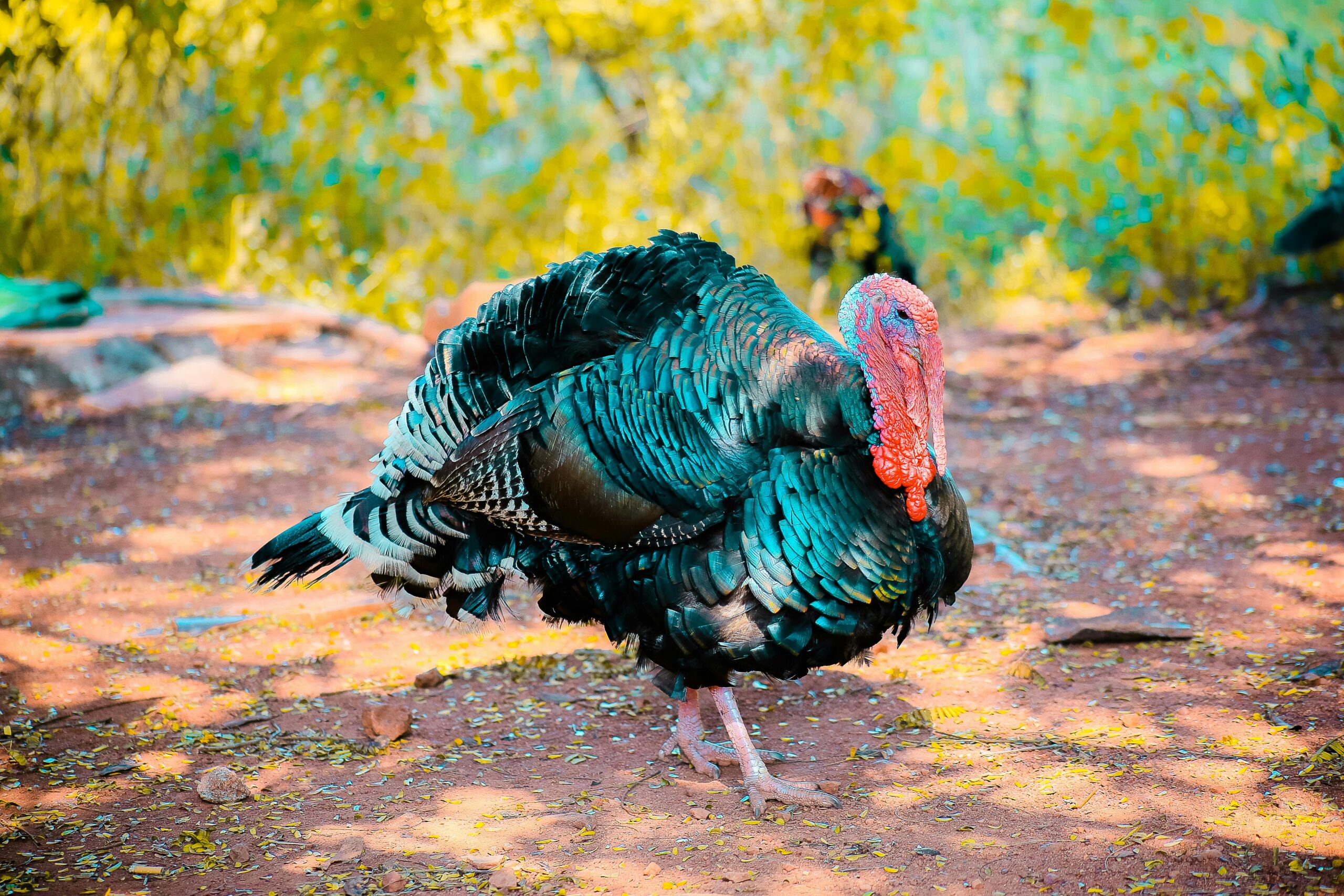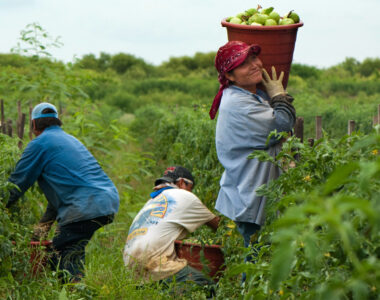
Today’s Thanksgiving tables look nothing like they did in colonial times — but the heart of the holiday remains the same: celebrating abundance, giving thanks, and gathering around food grown on the land. When we trace the history of Thanksgiving, we see that agriculture and farming communities have always been at the center of the story.
How It Started: Harvest Celebrations and Early Thanksgivings
Long before Thanksgiving became a national holiday, early colonists and European settlers in America observed days of thanksgiving to mark safe arrivals or successful harvests. Records show settlers in Virginia held a Thanksgiving service as early as 1610, after surviving a harsh winter.
The moment most people think of — the gathering in 1621 at Plymouth Colony — came after a successful corn harvest. The feast included both English settlers and the local Native community.
In 1623, Plymouth settlers observed another Thanksgiving when rain ended a drought and relief arrived, reinforcing the connection between good harvests and communal thankfulness.
For more than a century and a half, colonial and early American communities observed sporadic days of Thanksgiving tied to harvests and blessings.
Thanksgiving Becomes a National Holiday
The push to make Thanksgiving a recurring national event grew slowly. In 1789, President George Washington proclaimed a day of national thanksgiving and prayer.
Through decades of advocacy, especially by writer and editor Sarah Josepha Hale, Thanksgiving gained national traction. Finally, in 1863, President Abraham Lincoln proclaimed a formal national holiday — a moment that linked gratitude with national identity.
In 1941, Congress legally set the date as the fourth Thursday of November, and Thanksgiving as we know it today was born.
Why Agriculture Has Always Mattered
Throughout the history of Thanksgiving, what made gratitude possible was food — crops and livestock raised by farmers. Early colonists gave thanks when harvests succeeded, when crops survived droughts, and when food arrived after hardship. For colonists and settlers, every feast was tied directly to the land and to the labor of growing.
As turkey, corn, pumpkins, cranberries, and other staples became associated with the holiday, agriculture and seasonal harvests shaped the iconic Thanksgiving menu.
Even as Thanksgiving evolved into a national holiday with cultural rituals, the backbone remained the farms. Rural communities and local growers have consistently been the source of the foods that bring families together.
Thanksgiving Today: A Farm-Fresh Celebration
In the modern era, many families aim to recreate that same connection to land and harvest by sourcing food from local farms, farmers markets, and community-supported agriculture. That link to seasonality, freshness, and regional production keeps the spirit of early Thanksgivings alive.
Local farms provide not only turkey or produce — but a lineage of care, stewardship, and accountability to the land. Choosing farm-grown food honors that tradition and acknowledges the people who keep agriculture alive.
Why Farm Trader Cares
At Farm Trader, we love tracing the history of Thanksgiving — not just as a holiday, but as a living tribute to agriculture’s role in our everyday lives. We believe Thanksgiving remains rooted in the seasons, the land, and the farmers who work year-round to feed communities. By helping connect buyers and growers online, we make it easier than ever to bring that farm-fresh tradition to your table.
We’re proud to be part of a modern movement that honors the past, supports local farms, and keeps real food at the center of our most important meals.



